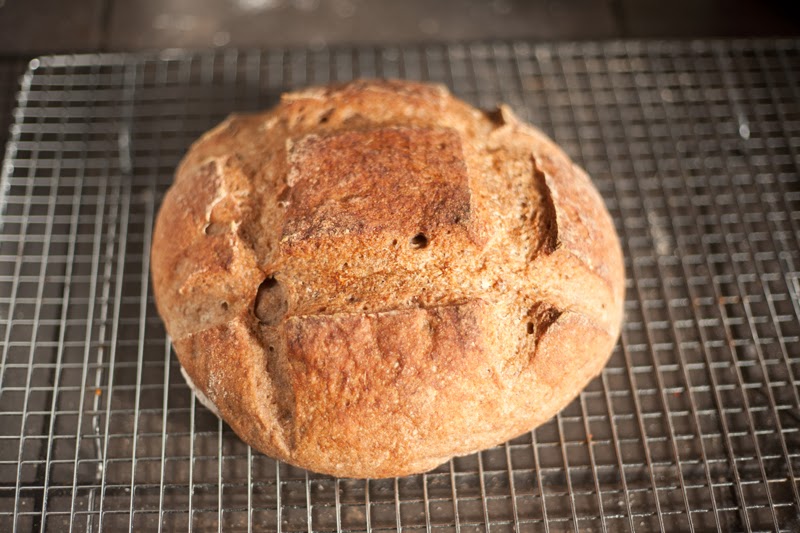GF 24-hour Sourdough Bread Recipe

This is a very traditional sourdough bread recipe, using artisan methods to create a nice, tangy, San Francisco-style sourdough bread. If you like a really sour-but-smooth sourdough bread, this is the recipe for you. There are just a few differences between this recipe and a standard wheat-based recipe. The most notable difference, of course, is the psyllium husk, which is a gluten substitute. Read more about psyllium and other binders here . Then of course there's the flour. I use my own Bread Flour Blend for bread baking, but if you live outside the U.S. read my post Make Your Own Gluten-free Bread Flour . If you use your own flour blend, you may have to adjust the amount of water and psyllium you use. Why sourdough? It's incredibly delicious, for one thing. The natural process of fermenting the bread through the sourdough process makes it really good for you, too. Then there's the fact that sourdough bread stays ...


